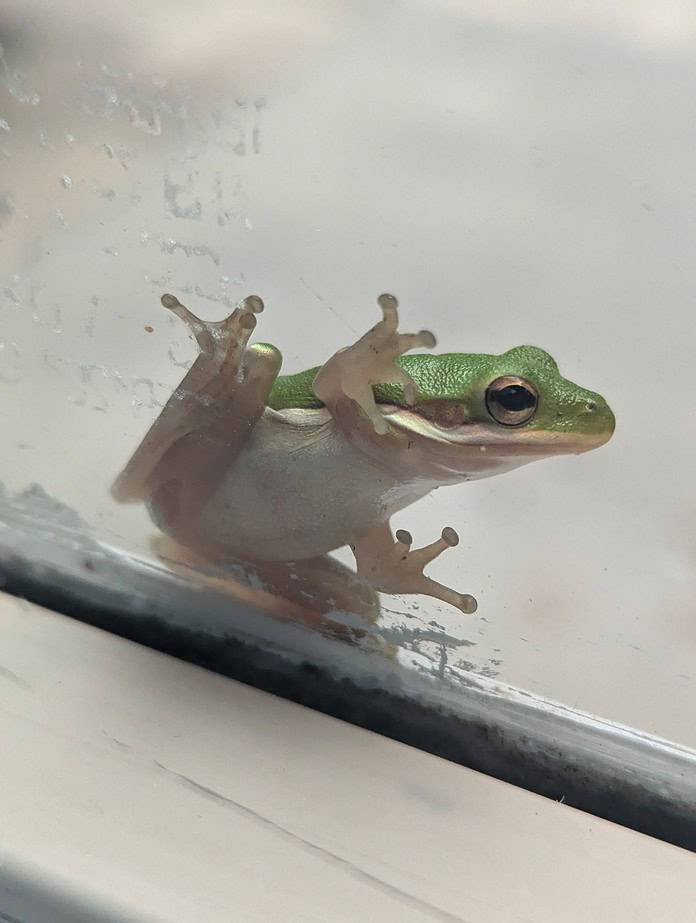Have you noticed more tree frogs around recently? I have, and it sparked my curiosity about these fascinating little creatures. Let’s dive into the world of Florida’s tree frogs and explore what makes them so unique.
Florida, a hotspot for agile climbers, is home to the widest variety of tree frogs in the southeastern United States. These tiny amphibians, with their large toepads equipped with adhesive disks, are unique in their ability to effortlessly cling to tree bark and twigs. They are typically found in trees but need access to water for breeding, a characteristic that sets them apart from other frogs that occasionally venture into trees.
Tree frogs, beginning life as tadpoles near bodies of water, find an ideal environment in Florida’s vast 1,350 miles of coastline and extensive wetlands. The state’s humid subtropical climate plays a crucial role in providing a near-perfect habitat for these amphibians to thrive.
Among the 17 species of tree frogs found in Florida are notable varieties like the Pine Barrens tree frog, Cope’s Gray tree frog, Green tree frog, and the Cuban tree frog. Others include the Northern Cricket frog, Southern Cricket frog, and the iconic Squirrel tree frog, one of the most common species in the state.
The Squirrel tree frog (Dryophytes squirellus), found across the southeastern U.S. from Texas to Virginia, has also been introduced to the Bahamas. These frogs are tiny, reaching only about 1.5 inches in length as adults. They come in various colors, with green being the most common, resembling the American green tree frog, though they can also appear in shades of yellow or brown, sometimes with blotching.
Squirrel tree frogs are terrestrial creatures living primarily on land. They are part of a larger category of terrestrial animals, contrasting with aquatic species living in water. While tree frogs may rely on a combination of habitats, especially for breeding, they spend the majority of their lives on land.
Squirrel tree frogs, primarily terrestrial creatures, are formidable insect hunters. Their tadpoles feed on organic and inorganic matter, while as adults, they pursue insects and invertebrates with great vigor. They are often found near porch lights at night or around cow dung piles, feasting on the midges drawn to the area. The tree frog diet varies based on location, weather, and stage of development, with prey ranging from beetles and spiders to crickets and ants.
Florida’s tree frogs highlight the state’s unique ecosystems and emphasize the importance of preserving the natural habitats supporting such a diverse wildlife array. Their presence reminds us of the importance of protecting the delicate ecosystems that allow such diverse wildlife to thrive. Next time you spot one of these tiny climbers, take a moment to appreciate their role in Florida’s natural world.

